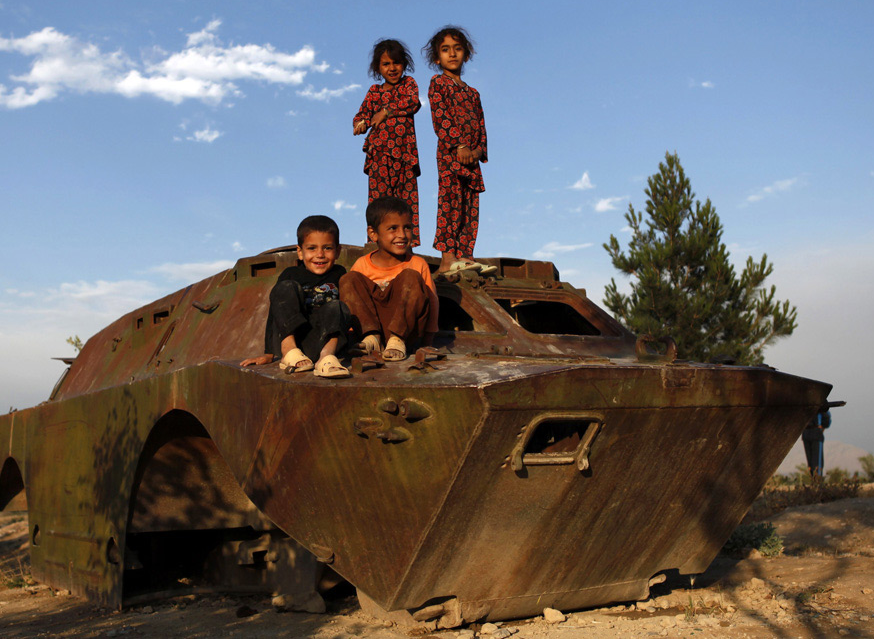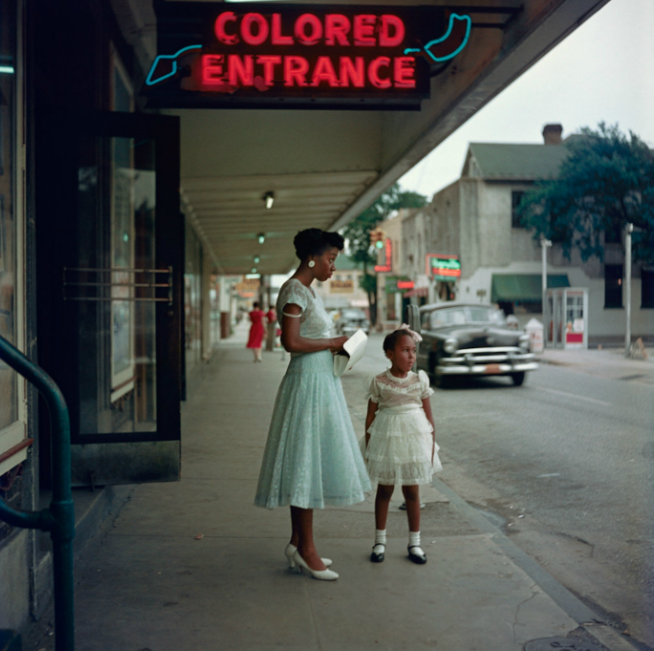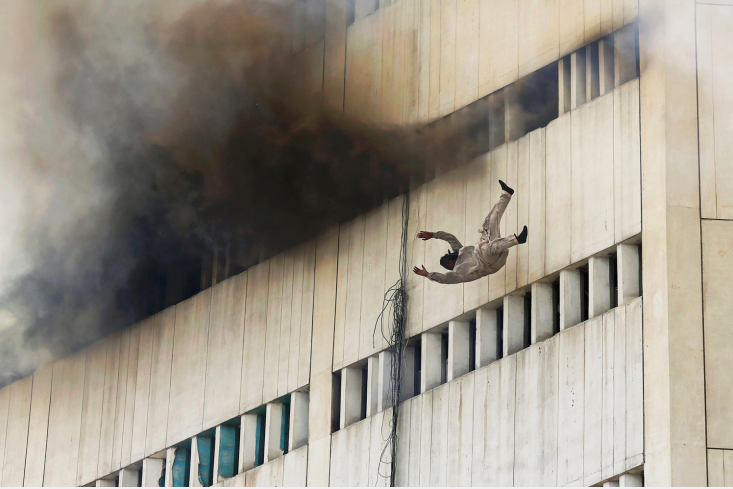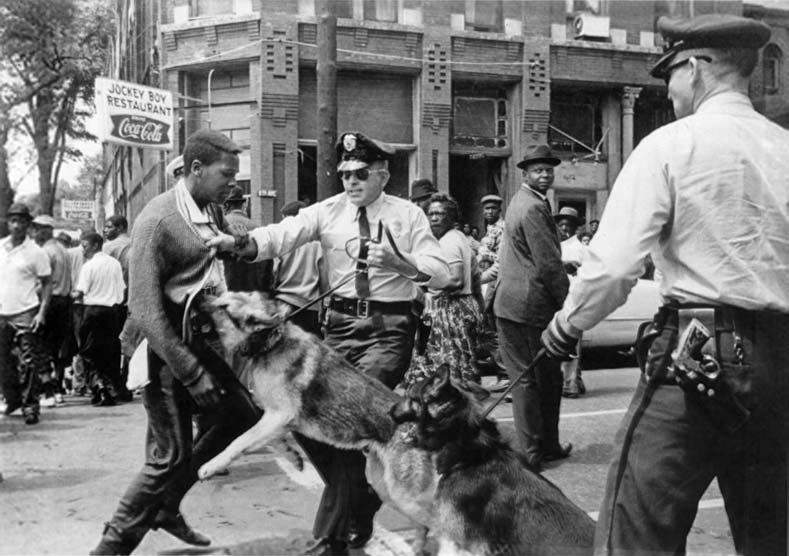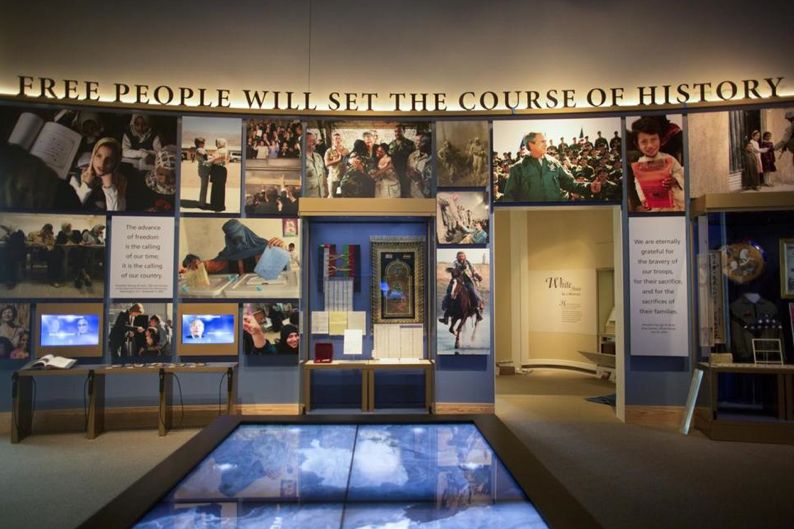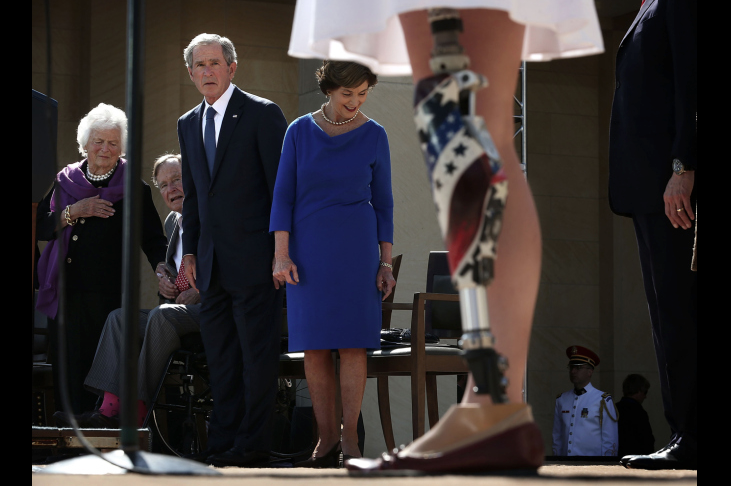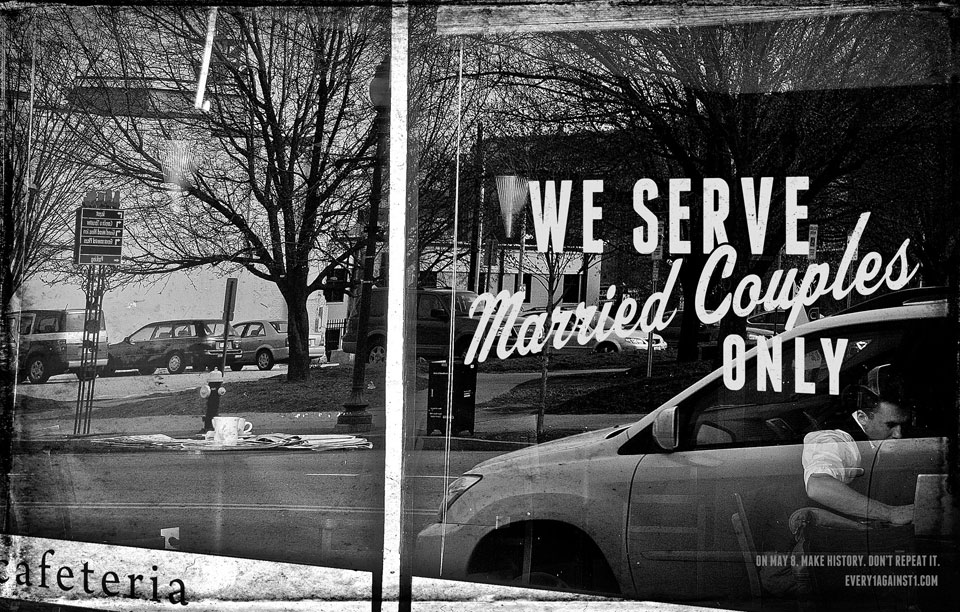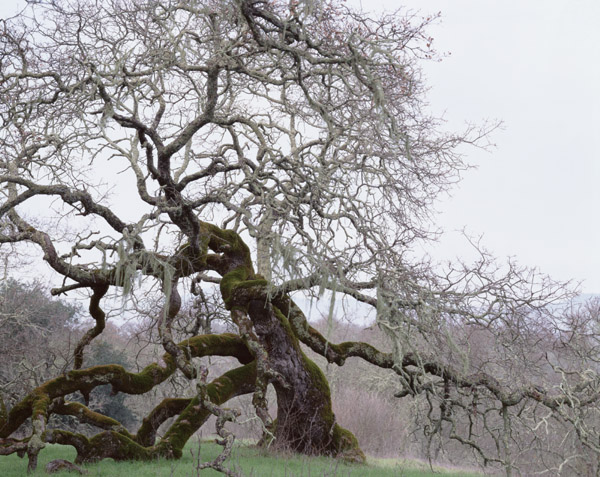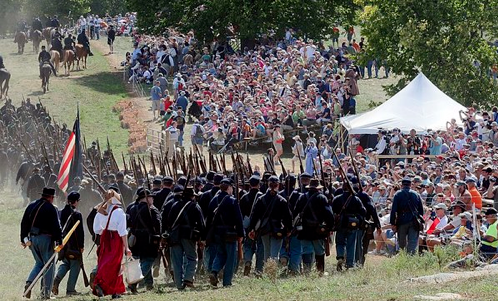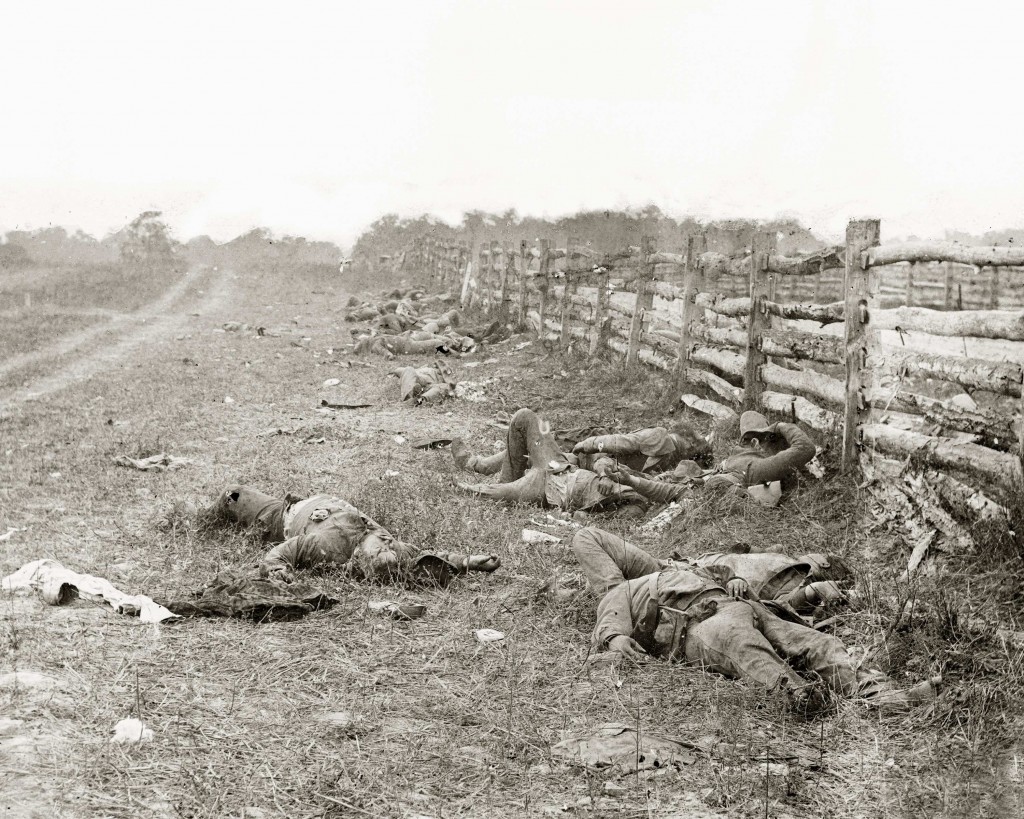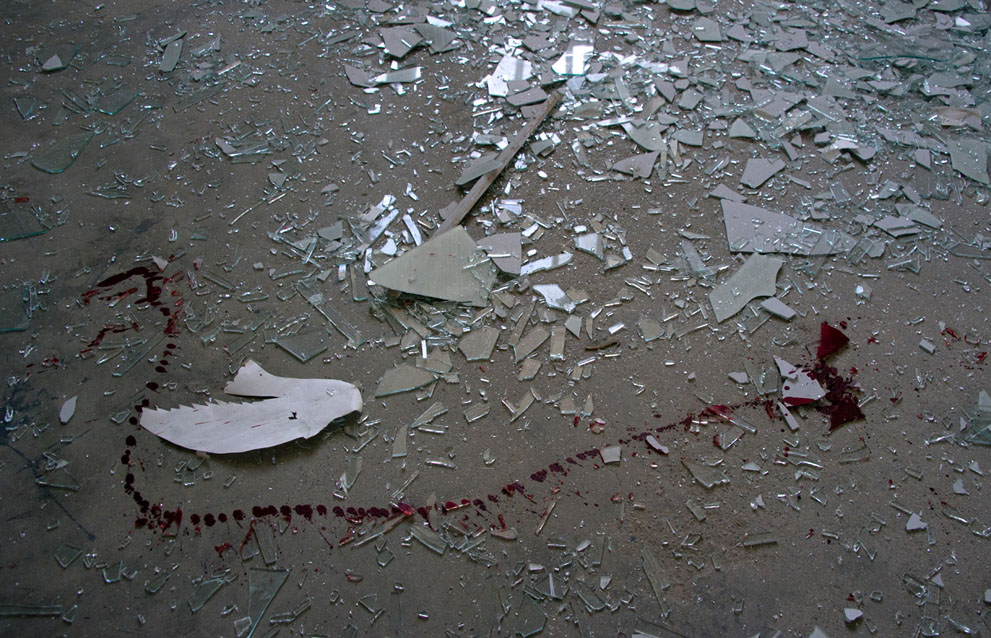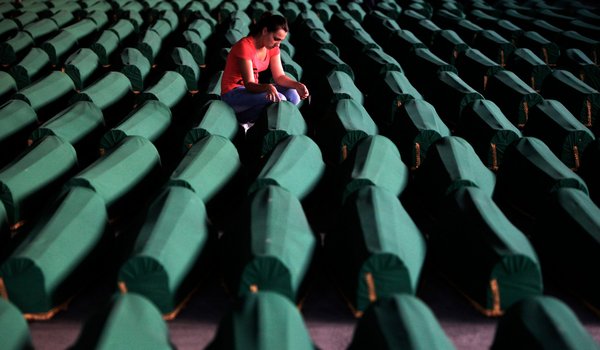If we take the photojournalistic slideshows at the major newspapers as evidence, the news for the past two weeks has been dominated by protests, both large and small around the world—though oddly enough hardly any that apparently warranted documenting in the United States—and a wide array of American patriotic displays, ranging from ersatz celebrations of red, white and blue to reenactors playing out the battle of Gettysburg on its 150th anniversary. The photograph buried amidst all these images that caught my eye, however, had nothing to do with any of that and instead showed four children “playing” on a burned out armored vehicle in Kabul.
The vehicle is unmarked, and so it is hard to know who originally brought it to this spot. It could be American or British or even, however unlikely, a left over from the occupation of the former Soviet Union. But none of that seems to matter as the particular history of this weapon of war has been erased. What does seem to matter is that it has become a part of the “natural” landscape and that these children, young, innocent, and altogether happy, seem as comfortable climbing on it as we might imagine an American child climbing in an oak tree in his own back yard on a bright summer day. There may have once been a war in Afghanistan that put these children at risk, but as this photograph suggests, there is now something like a return to normalcy. Once there was a war, but now all is well.
Of course, notwithstanding the claim the U.S. has accomplished its combat goals in Afghanistan and turned military control back over to Afghani security forces, we know that the hostilities are not over, nor is it likely that we will see the significant downturn of U.S. or NATO military forces—whether we choose to call them combat troops, security forces, or military advisers—in Afghanistan for sometime to come. In short, all is not well. That said, what makes the photograph disturbing has less to do with the implication of a return to happier times, and more to do with the way in which it functions to make the past invisible by removing specific markers of the occupying forces and by naturalizing what has been left behind. And this all the more so as it appears in the midst of images of continuing conflict and social protest and American celebrations of its own exceptionalist past.
Photo Credit: Mohammad Ismail/Reuters
